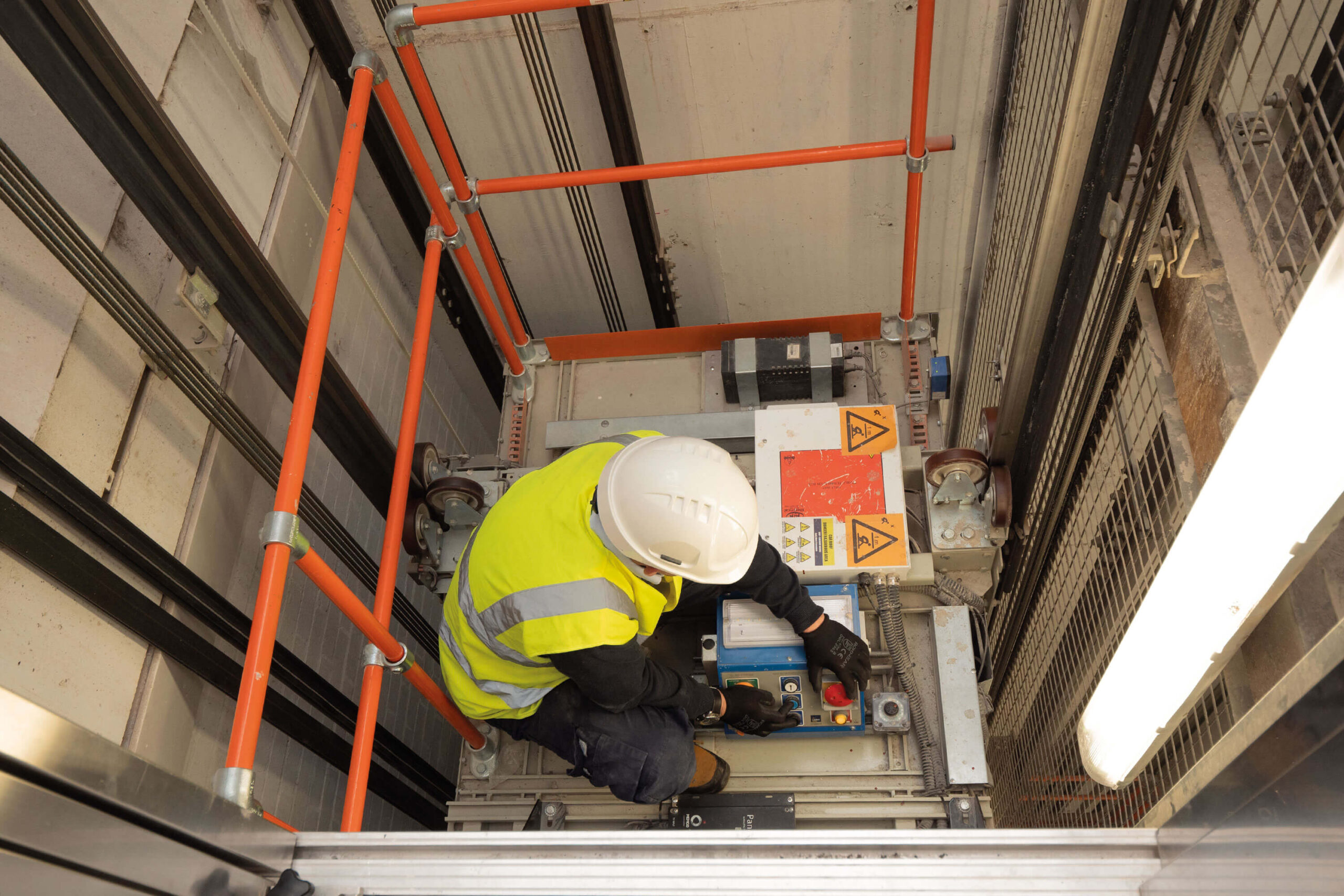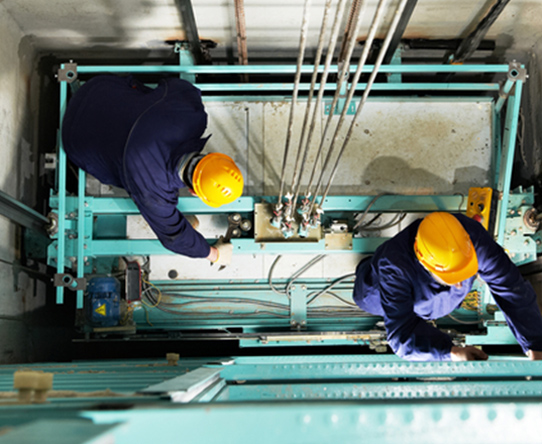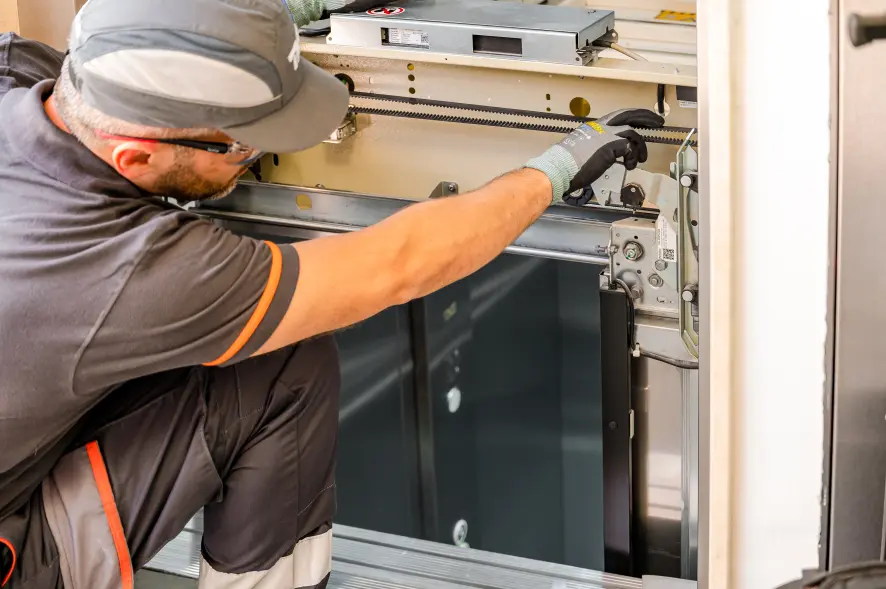Important Guide to Comprehending Disabled System Lifts and Their Functionality
Comprehending the intricacies of disabled platform lifts surpasses mere understanding; it requires a detailed grasp of their performance and design. From the different kinds available to the essential parts that make them operational, each element adds to the seamless operation of these essential access devices. The rigorous security laws and upkeep considerations linked with system lifts are paramount in ensuring their reliability and durability. By discovering these aspects carefully, one can get a profound understanding of just how these lifts not only enhance access but likewise prioritize individual security and benefit.
Sorts Of Handicapped Platform Lifts
There are several kinds of disabled platform raises developed to offer access for people with movement difficulties. Inclined system lifts, on the various other hand, are suitable for areas where a vertical lift may not be possible due to building constraints.
One more sort of disabled platform lift is the portable lift, which supplies flexibility and benefit. These lifts can be conveniently moved from one location to an additional, making them suitable for short-lived events or scenarios where an irreversible setup is not possible. In addition, outdoor platform lifts are made to endure varying climate condition, permitting people to accessibility exterior areas easily and independence. Each type of handicapped platform lift serves an one-of-a-kind function in boosting availability and boosting the lifestyle for individuals with mobility difficulties.
Key Elements and Mechanisms
Impaired platform lifts, such as vertical and likely lifts, depend on certain key elements and devices to make certain smooth and secure transport for individuals with mobility difficulties. One crucial part of these lifts is the platform itself, which serves as the structure for moving people - disabled platform lift. The system is designed to be strong, spacious enough to accommodate wheelchairs or movement devices, and geared up with security features such as guardrails and non-slip surfaces to stop mishaps throughout transit

Furthermore, safety sensing units and emergency situation quit buttons are sites incorporated into disabled system lifts to improve user safety and security and prevent accidents. These parts function with each other to produce a dependable and effective transportation service for individuals with movement disabilities.
Installment and Upkeep Considerations

Regular maintenance is similarly vital to keep disabled platform raises running smoothly. By focusing on proper installment and attentive upkeep methods, the longevity and efficiency of disabled platform lifts can be made the most of, benefiting both customers and center supervisors.
Safety Functions and Regulations
Guaranteeing conformity with safety regulations is vital when examining the performance of safety and security functions in impaired system lifts. These lifts undergo particular safety requirements to protect individuals, making it essential for suppliers and operators to follow these policies. Safety attributes commonly discovered in handicapped platform lifts include emergency situation quit switches, security barriers, interlocks, and under-platform sensors. Emergency situation quit buttons enable instant halting of the lift in situation of an emergency, while safety obstacles protect against customers from mistakenly diminishing the system. Interlocks guarantee that the lift doors are safely shut before the lift runs, improving customer security. Under-platform sensing units identify obstructions underneath top article the lift, stopping it from descending if an object remains in the means. Furthermore, normal maintenance and assessments are necessary to make certain that safety and security functions are working correctly and in conformity with policies. By prioritizing safety and security functions and adhering to laws, handicapped system lifts can offer secure and reliable transportation for individuals with specials needs.
Benefits of Utilizing System Lifts
Conformity with safety and security guidelines and the execution of crucial safety functions in disabled platform lifts contribute to the total benefits of using these lifts for individuals with impairments. Beyond security, platform lifts use an array of benefits that improve availability and comfort. In general, the comfort, self-reliance, and inclusivity helped with by system raises considerably boost the high quality of life for people with specials needs, making them an important accessibility remedy.

Final Thought
In final thought, handicapped system raises come in different kinds with essential elements and devices that allow for risk-free and reliable procedure. The benefits of using system lifts include raised access and independence for people with handicaps.